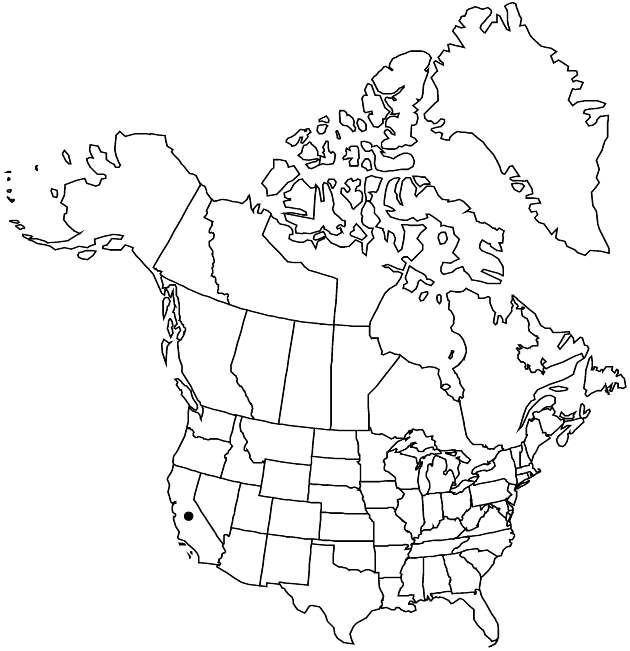Difference between revisions of "Deinandra paniculata"
Fl. S. Calif., 401. 1923.
FNA>Volume Importer |
FNA>Volume Importer |
(No difference)
| |
Revision as of 18:49, 24 September 2019
Annuals, 10–80(–150) cm. Stems ± solid. Leaves: (basal rosettes present at flowering in South Coast Ranges) proximal blades pinnatifid to toothed, faces hispid-hirsute and sometimes stipitate-glandular. Heads in paniculiform arrays. Bracts subtending heads usually overlapping proximal 0–1/2 of each involucre. Phyllaries ± evenly stipitate-glandular, including margins and apices, often with some non-glandular, non-pustule-based hairs as well. Paleae in 1 series. Ray florets (7–)8(–10); laminae deep yellow, 3–5(–6) mm. Disc florets 8–14(–15), all or mostly functionally staminate; anthers reddish to dark purple. Pappi of 6–12 oblong, fimbriate scales 1–2 mm. 2n = 24.
Phenology: Flowering May–Nov.
Habitat: Grasslands, openings in chaparral and woodlands, disturbed sites, often sandy soils
Elevation: 10–800 m
Distribution

Calif., Mexico (Baja California).
Discussion
Of conservation concern.
Deinandra paniculata occurs in dry foothills, mesas, and valleys of the southern Peninsular Ranges and South Coast and in the central South Coast Ranges. Plants from the South Coast Ranges, previously treated as D. increscens subsp. foliosa, may warrant recognition as a distinct taxon.
Selected References
None.